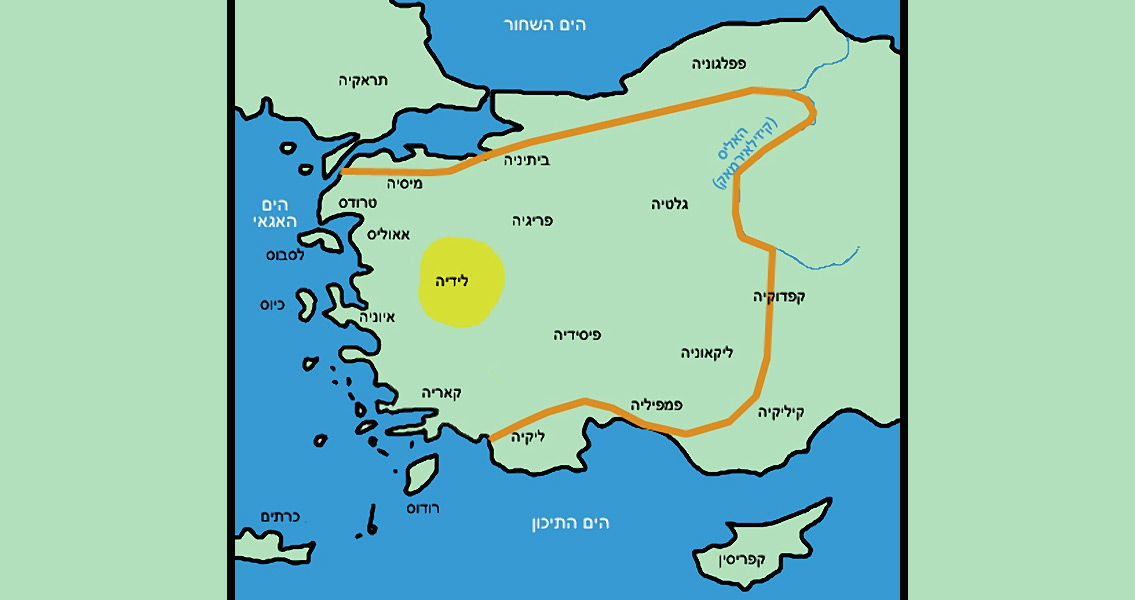<![CDATA[An international team of archaeologists have discovered a Bronze Age settlement, including the remains of a massive castle, in the Gölmarmara Lake basin in the region of Manisa, Turkey. The newest findings have been categorized as groundbreaking by Sinan Ünlüsoy, deputy head of the Kaymakçı Archaeology Project and professor of Archaeology at Yaşar University. In a statement released by the project, Professor Ünlüsoy remarked that the discovery could be so monumental as to dwarf the discovery of the near-mythical city of Troy immortalized in the Homer’s Iliad. The archaeologist said this new Bronze Age site is the largest that has been found in the Aegean region to date and is four times the size of Troy. A team of more than forty archaeologists from Turkish, European and US universities have banded together to excavate these late Bronze Age ruins, which date to between 1600 BCE and 1200 BCE. Located on Kaymakçı Hill in the Salihi district of Manisa, the remains of the castle discovered by the team may have been mentioned in historical texts from the Hittite Empire and could have been the seat of the Lydian Empire, said Professor Ünlüsoy. “Manisa’s Salihli district and its vicinity, which is a historical treasure, offer golden opportunities for archaeologists,” the professor said. “While excavations have been continuing in Sardis, the capital of the Lydian Empire, other works in Kaymakçı aim to shed light on the region in the pre-Lydian era", added the archaeologist. According to the statement, the researchers associated with the discovery believe that there is unlikely to be much excavation needed to expose the majority of the city, as it’s not buried very deep. Plans have been made to develop a research and visitor center at the site once it has been fully investigated, with Professor Ünlüsoy remarking that the center would include a conference hall, an exhibition hall for any artifacts uncovered by the dig, and a transportation depot as well. The archaeologist said that once the center had been opened to the public, it would continue to contribute to the development and the promotion of the Manisa region. To remain open year-round, the center should help to bolster Manisa as a cultural destination for those interested in the history of Turkey from the Bronze Age to the era of the Ottoman Empire. This would not be the first visitor center destined for the region. In Sindel Village, near Manisa’s Salihli district, a large number of fossilized footprints dating from anywhere between 25,000 BCE to 20,000 BCE were discovered in 1969 by the Turkish government’s mineral exploration body. There are plans to establish the find as a United Nations-recognized member of the Global Geoparks Network, a collection of UNESCO-approved sites that are designed to promote responsible geotourism. The Sindel Village Geopark initiative is a collaboration with the Turkish government and the European Commission in order to preserve the find and ensure that it can be visited and studied in the future. Image courtesy of Wikimedia Commons user: רוליג ]]>
Bronze Age Settlement Discovered in Turkey
